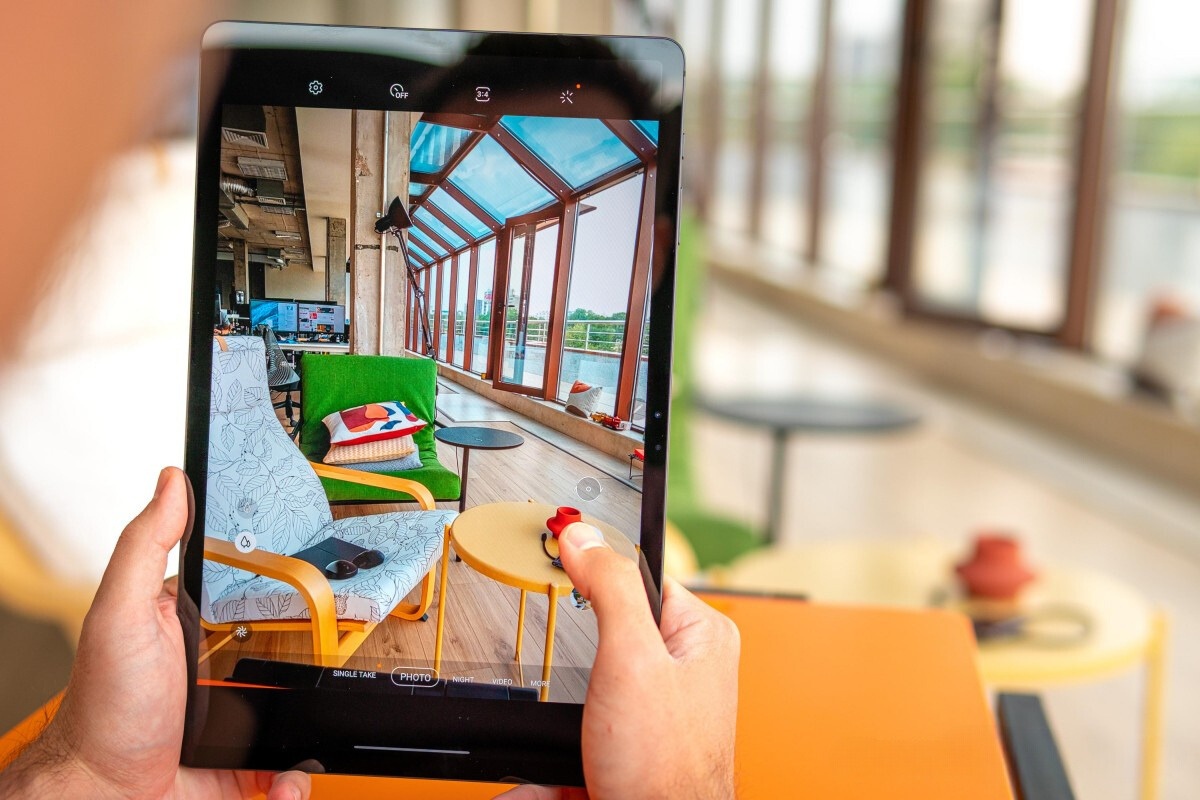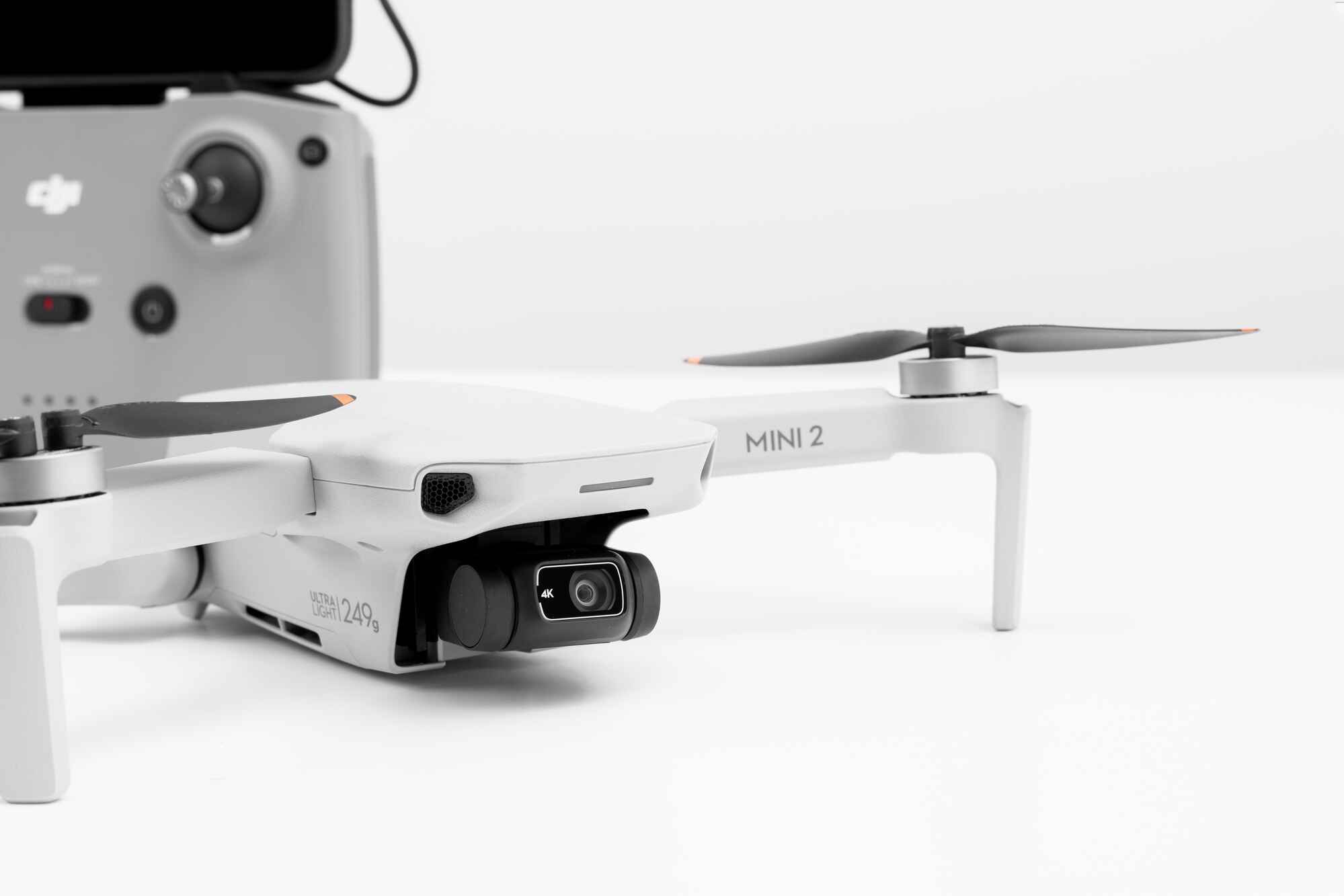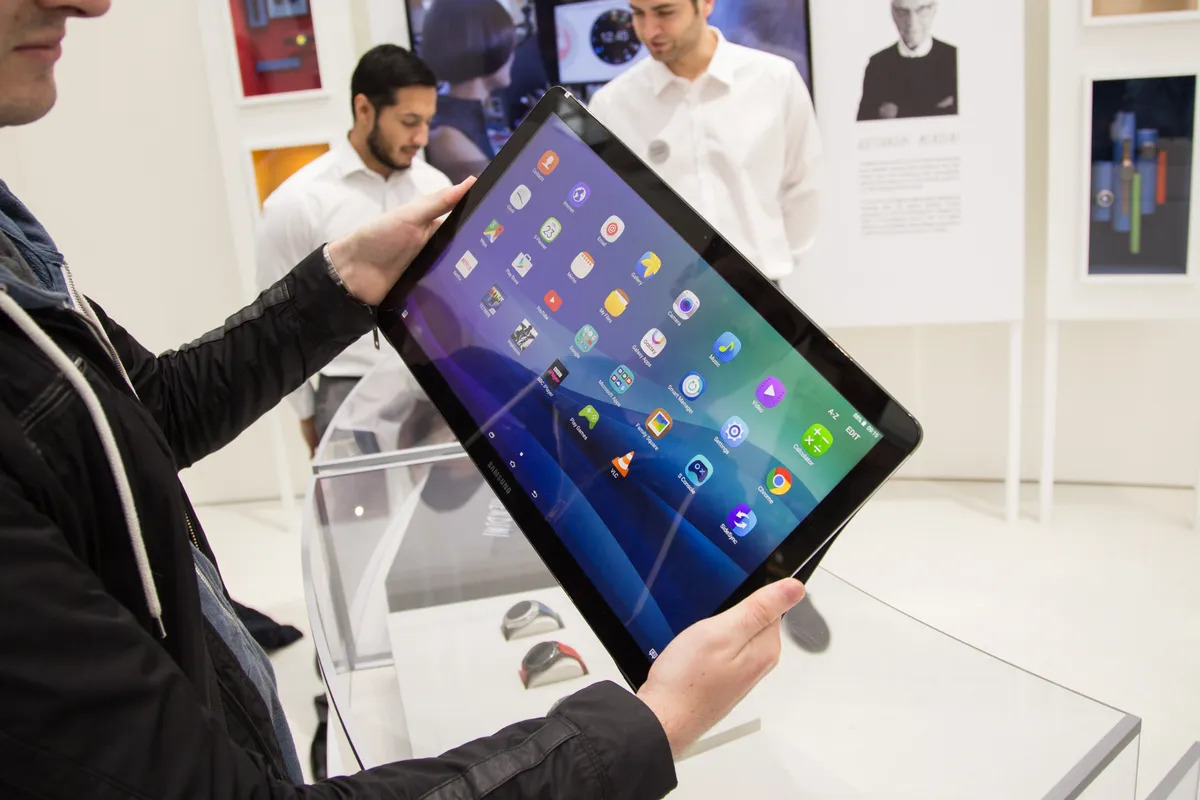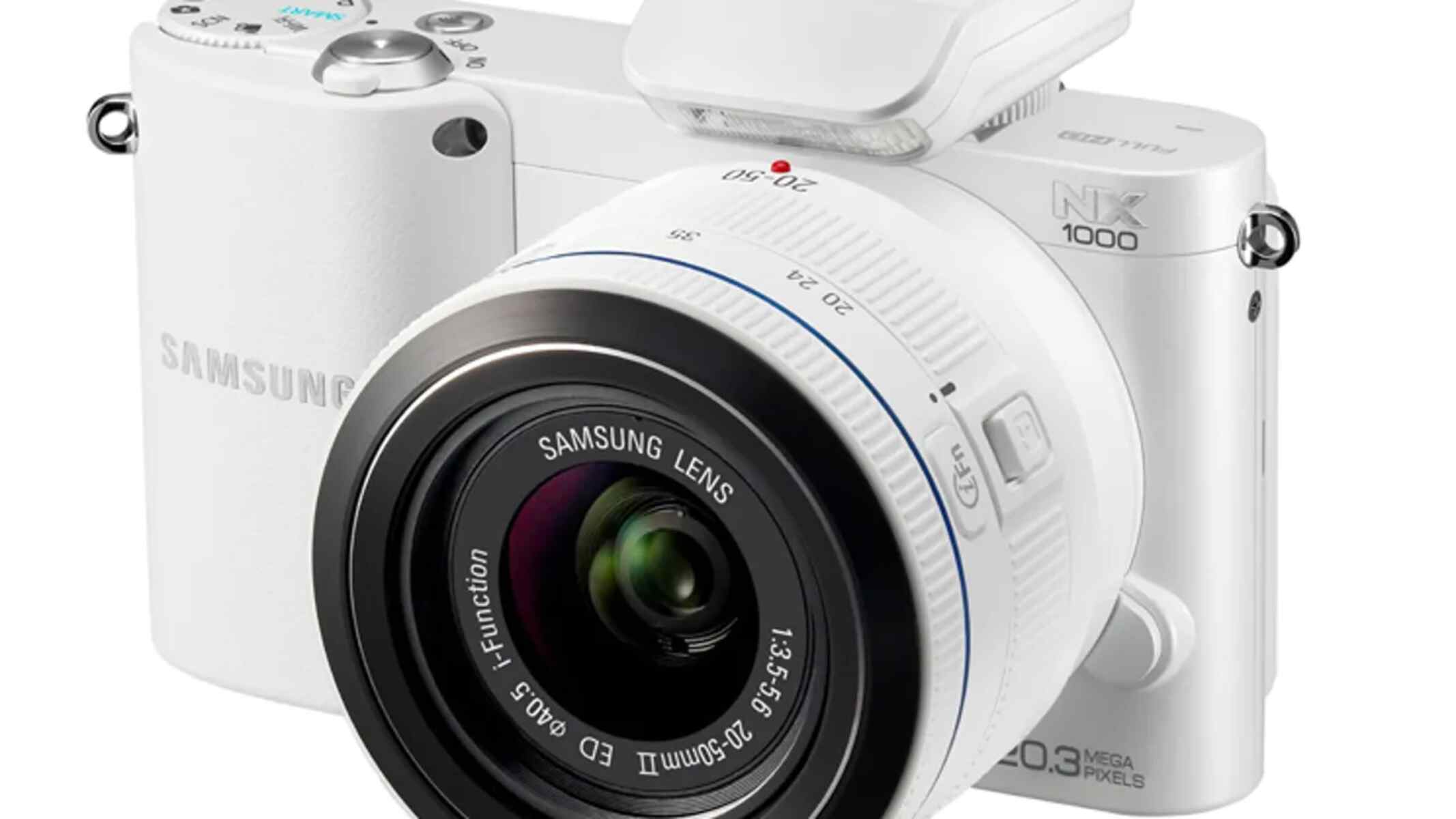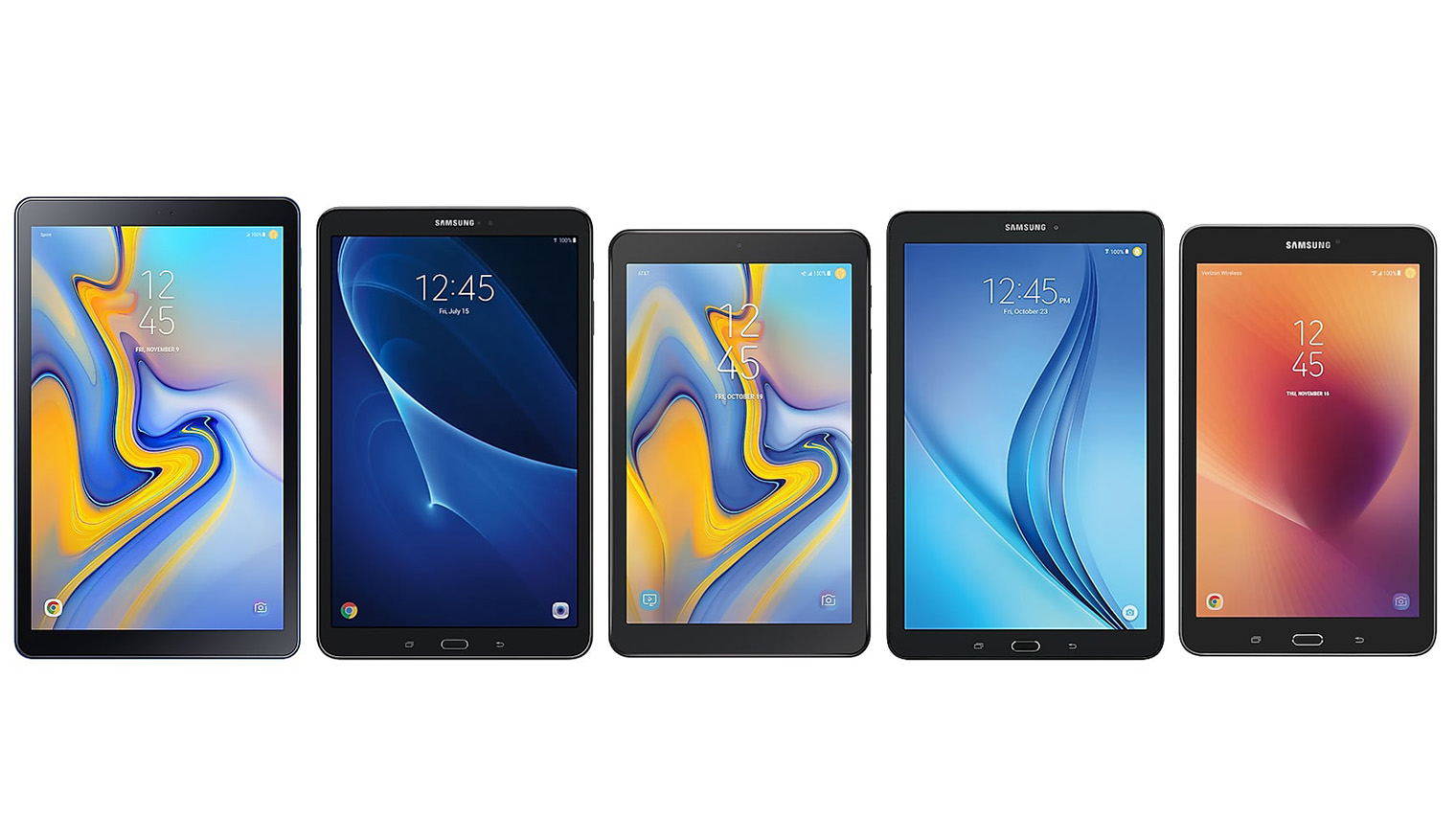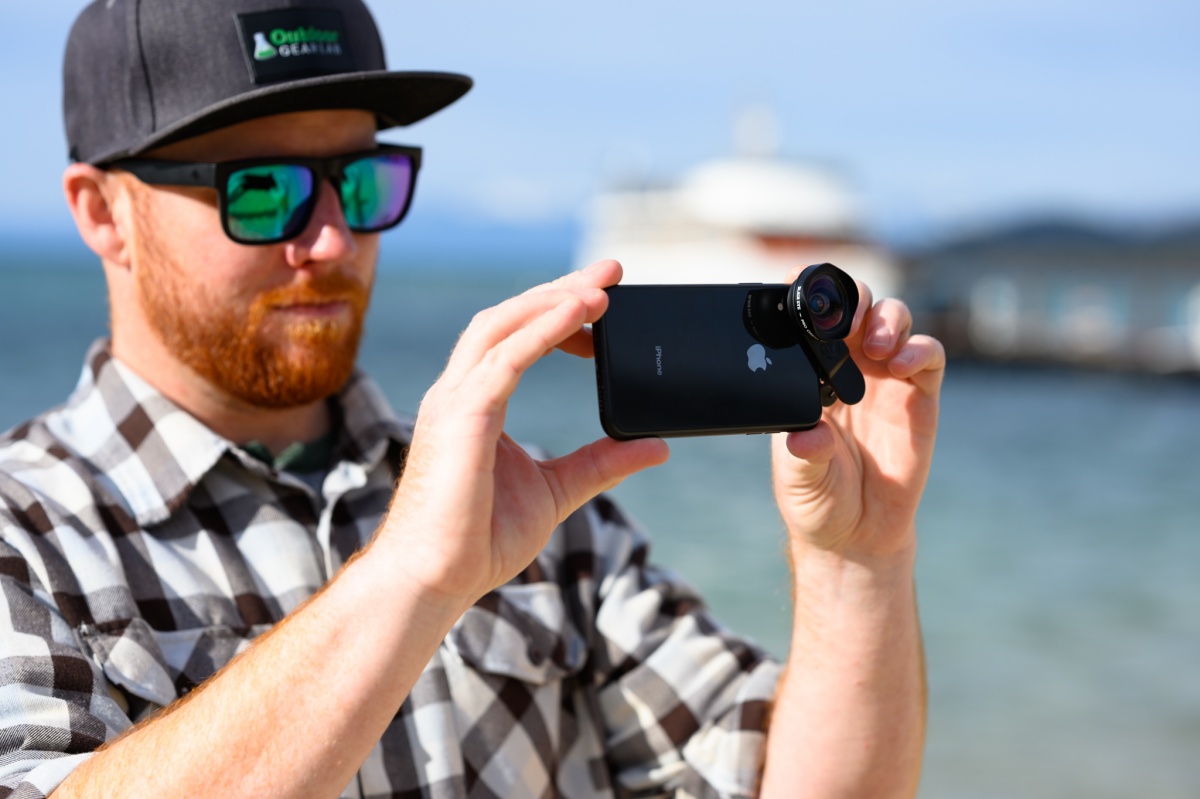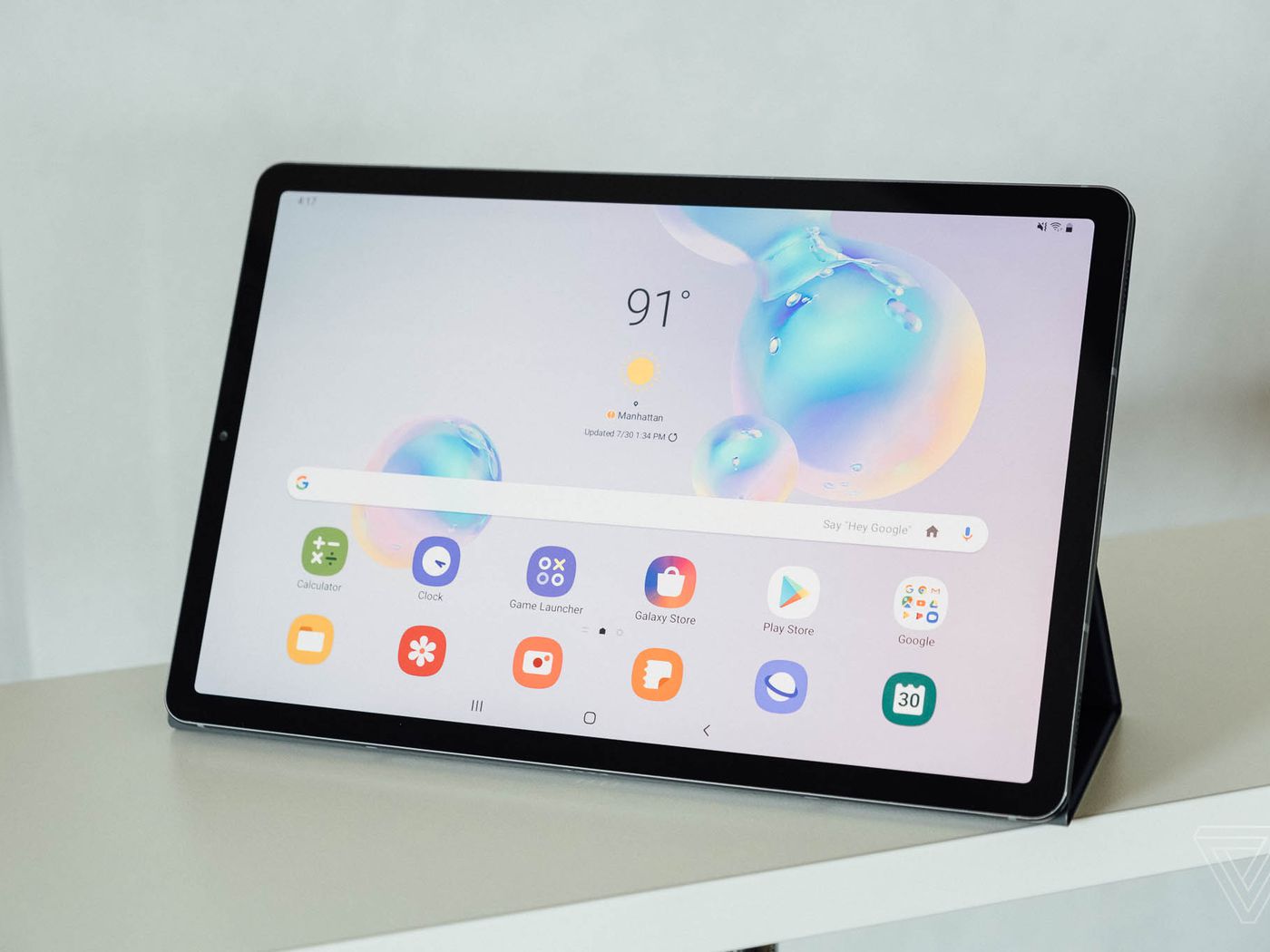Introduction
When using a Samsung tablet, capturing screenshots can be a handy feature for various purposes. Whether you want to save an important image, share a funny moment, or troubleshoot an issue, knowing how to take screenshots on your Samsung tablet is essential. Luckily, Samsung devices provide multiple methods to capture screenshots, making it convenient for users to choose the option that suits them best.
In this article, we will explore different methods to take screenshots on a Samsung tablet. We will cover using hardware buttons, utilizing the palm swipe gesture, customizing screenshot settings, utilizing third-party apps, and editing and sharing your screenshots. By the end of this article, you will become well-versed in capturing screenshots on your Samsung tablet, unlocking a world of possibilities at your fingertips.
Whether you own a Samsung Galaxy Tab S7, Tab S6, Tab A, or any other Samsung tablet model, the techniques discussed here should work on most devices running Samsung’s proprietary Android operating system, OneUI.
So, let’s dive in and explore the different methods you can use to capture screenshots on your Samsung tablet!
Understanding the Basics
Before we delve into the various methods of taking screenshots on a Samsung tablet, it’s important to understand the basics of capturing screenshots. A screenshot is essentially a digital image of whatever is being displayed on your device’s screen at a specific moment in time. It allows you to capture and preserve that image for future reference or sharing with others.
On Samsung tablets, screenshots are saved as image files in the PNG format. These files can be easily accessed and shared through various means, such as email, messaging apps, or social media platforms.
It’s worth noting that capturing screenshots on a Samsung tablet is a system-level feature and does not require any additional apps or tools. The methods we will discuss rely on the built-in capabilities of Samsung tablets, making it accessible and convenient for all users.
Now that we have a basic understanding of what screenshots are and how they are saved, let’s explore the different methods you can use to capture them on your Samsung tablet.
Using the Hardware Buttons
One of the most common and straightforward ways to take a screenshot on a Samsung tablet is by using the hardware buttons. This method is universally applicable to most Samsung tablet models, including the Galaxy Tab S7, Tab S6, Tab A, and more.
To capture a screenshot using the hardware buttons, follow these simple steps:
- Open the screen that you want to capture on your Samsung tablet.
- Locate the Power button and the Volume Down button on your device. The Power button is typically located on the right side, while the Volume Down button is usually positioned on the left side.
- Simultaneously press and hold the Power button and the Volume Down button for a moment.
- You will hear a shutter sound or see a visual confirmation on the screen, indicating that the screenshot has been successfully captured.
Once the screenshot is taken, it will be saved to the Screenshots folder in your device’s internal storage. You can access the screenshot by opening the Gallery app or any file manager app and navigating to the Screenshots folder.
Using the hardware buttons to take screenshots is a quick and reliable method, especially if you prefer using physical buttons for navigation. It is ideal for capturing still images of your tablet’s screen, such as websites, messages, social media posts, or any other static content.
Now that you are familiar with the hardware button method, let’s move on and explore another screenshot-taking technique using a handy gesture called the palm swipe.
Using the Palm Swipe Gesture
If you find using the hardware buttons for taking screenshots a bit cumbersome, Samsung tablets offer an alternative method: the palm swipe gesture. This gesture allows you to capture screenshots effortlessly by swiping your hand across the screen.
To enable and use the palm swipe gesture, follow these steps:
- Go to the Settings app on your Samsung tablet.
- Scroll down and tap on “Advanced features.”
- Look for and select “Motions and gestures.”
- Toggle the switch next to “Palm swipe to capture” to enable it.
Once the palm swipe gesture is enabled, you can capture a screenshot using the following steps:
- Open the desired screen that you want to capture.
- Place the side of your hand (the pinky finger edge) horizontally on one side of the screen.
- Slightly swipe your hand across the screen from one side to the other in a sweeping motion.
- You will see a visual confirmation and hear a shutter sound, indicating that the screenshot has been successfully captured.
Similar to the hardware button method, screenshots taken with the palm swipe gesture will be saved in the Screenshots folder on your device.
The palm swipe gesture is a convenient way to capture screenshots, especially when you have limited manual dexterity or prefer a touch-free method. However, it’s important to note that this gesture might not work if you have a screen protector or if your hand approach is not aligned properly with the screen. In such cases, you may need to experiment with different angles and positions to get it right.
Now that you are familiar with the palm swipe gesture, let’s move on and explore how you can customize screenshot settings on your Samsung tablet.
Customizing the Screenshot Settings
With a Samsung tablet, you have the flexibility to customize various screenshot settings to suit your preferences. By accessing the settings menu, you can modify options such as the screenshot format, the inclusion of additional information, and more.
To customize the screenshot settings on your Samsung tablet, follow these steps:
- Open the Settings app on your Samsung tablet.
- Scroll down and select “Advanced features.”
- Tap on “Screenshots and screen recorder.”
From here, you can customize the following screenshot settings:
- Screenshot format: Choose whether you want to save your screenshots in the PNG or JPG format. The PNG format is recommended for retaining the highest image quality.
- Show palm swipe hints: Toggle this switch to display an animation and instructions to help you use the palm swipe gesture effectively.
- Scroll capture: Enable this option to capture scrolling screenshots, allowing you to capture long webpages or documents by automatically scrolling and stitching together multiple screens.
- Smart capture: Enable this feature to capture additional information, such as extended screenshot options, menu items, or tooltips.
By customizing these settings, you can enhance your screenshot-taking experience on your Samsung tablet and tailor it to your specific needs.
Now that you know how to customize the screenshot settings, let’s explore the option of using third-party apps to capture screenshots on your Samsung tablet.
Using Third-Party Apps
In addition to the built-in screenshot features provided by Samsung tablets, you also have the option of using third-party apps to capture screenshots. These apps offer additional functionality and advanced features that may not be available with the default methods.
There are numerous screenshot apps available for download from the Google Play Store, each with its own set of features and user interface. Here are a few popular options:
- Screen Master: This app provides various screenshot options, including capturing full-screen, selected regions, or even a scrolling screenshot. It also offers advanced editing tools and the ability to directly share your screenshots with others.
- Screenshot Easy: With this app, you can capture screenshots with ease and customize options such as image quality, format, and save location. It also supports capturing screenshots by shaking your device or through a notification overlay.
- Super Screenshot: This app offers a range of screenshot features, such as capturing full-screen, selected regions, or specific objects like webpages or video frames. It also provides editing tools and the ability to add annotations and text to your screenshots.
When choosing a third-party screenshot app, consider your specific requirements and read user reviews to ensure the app meets your expectations. Some apps may also offer additional features like screen recording, image editing, and cloud storage integration.
Once you’ve installed a third-party screenshot app, simply follow the instructions provided by the app to capture screenshots according to their specific interface and features.
While using third-party apps can offer more functionality, keep in mind that they may require additional permissions and could potentially affect system performance. It’s essential to download apps from trusted sources and exercise caution when granting permissions.
Now that you know how to use third-party apps for capturing screenshots on your Samsung tablet, let’s move on to the topic of editing and sharing your screenshots.
Editing and Sharing Your Screenshots
Once you’ve captured a screenshot on your Samsung tablet, you may want to enhance, annotate, or share it with others. Samsung tablets provide built-in editing tools that allow you to make basic adjustments to your screenshots before sharing them.
Here’s how you can edit and share your screenshots on a Samsung tablet:
- Open the Gallery app or any file manager app on your Samsung tablet.
- Navigate to the Screenshots folder or the location where your screenshots are saved.
- Tap on the screenshot you want to edit or share.
- Once the screenshot is open, you will find various editing options at the bottom of the screen, such as cropping, drawing, adding text, or applying filters.
- Select the desired editing tools and make the necessary adjustments to your screenshot.
- After editing, tap on the Share button to choose how you want to share your screenshot. You can share it through email, messaging apps, social media platforms, or even save it to cloud storage for later use.
By utilizing the editing tools on your Samsung tablet, you can enhance the visual appeal of your screenshots, highlight specific areas, or add informative annotations.
In addition to the built-in editing options, you can also utilize third-party photo editing apps from the Play Store for more advanced editing capabilities. These apps offer a wide range of features, including cropping, applying filters and effects, adjusting colors, and much more.
When sharing your screenshots, consider the platform or medium through which you want to share them. Adjust the image size, format, and quality accordingly to ensure optimal compatibility and accessibility for the recipients.
Now that you know how to edit and share your screenshots on a Samsung tablet, you can add your personal touch and showcase your captured moments with others.
Conclusion
Capturing screenshots on your Samsung tablet is a powerful feature that allows you to save, share, and reference important moments or information. Whether you prefer using the hardware buttons, the palm swipe gesture, or exploring third-party apps, there are multiple methods available to suit your preferences and needs.
In this article, we explored the basics of capturing screenshots and discussed various techniques specific to Samsung tablets. We learned how to use the hardware buttons and the palm swipe gesture to quickly capture screenshots. Additionally, we discovered how to customize screenshot settings, enabling us to tailor the experience to our liking. We also explored the option of using third-party apps for advanced features and editing capabilities. Lastly, we discussed how to edit and share screenshots, allowing us to enhance and leverage our captured images effectively.
By mastering the art of taking screenshots on your Samsung tablet, you can become more productive, share memorable moments with friends and family, troubleshoot issues, or maintain a visual record of important information. Experiment with different methods, explore advanced features, and get creative with editing options to make the most out of your screenshot-capturing experience.
Remember, the techniques discussed in this article should work across most Samsung tablet models, but it’s always recommended to refer to the specific instructions provided by your device’s user manual or the manufacturer’s website.
So, what are you waiting for? Start capturing those screenshots and unleash the power of your Samsung tablet!









